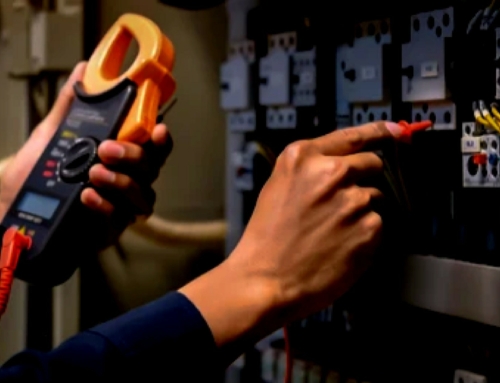Think about the coffee you purchased from a local café. You know that it’s made up of specific ingredients like coffee beans, water and milk. Then there’s the cup and lid and the barista’s expertise and time. Not to forget the expensive coffee machine. When you pay your money for the coffee you aren’t paying specifically for all those pieces. You’re paying for the outcome – a cup of delicious, warm coffee.
Yet, when we think of delivering field services, we don’t often think that way. Traditionally, field service teams have worked reactively, attending a client’s site in response to a call. The client is then billed for the travel time, on-site time and materials. If a return visit is needed to finish the job, that’s more time and materials that are charged.
From the customer’s perspective, most of that is irrelevant. What they really care about is the correct operation of the equipment that was serviced or repaired. And they want to be assured that the price they pay is reasonable and that there are no surprises – no one likes bill shock.
The answer to this is rethinking field service operations and taking an Outcome as a Service approach. Outcome as a Service sees the reliable operation of a customer’s equipment from their perspective. What they want is for systems to be running reliably and efficiently all the time within budget.
For a service provider, instead of charging customers on an ad hoc basis as problems are reported, it’s possible to charge a recurring subscription fee. For that fee, field service technicians will regularly monitor equipment – new technology allows this be done remotely using intelligent sensors – and pre-emptively make adjustments and service equipment to ensure minor issues are caught early before they escalate into unexpected system outages.
Outcome as a Service is an approach that offers benefits to both field service providers and their customers. Customers benefit from having their equipment monitored and maintained proactively. This reduces unscheduled outages and expenditure. This flips the conversation from being about how quickly a service technician can be on site to fix a problem to maximising uptime and reducing unexpected outages.
For service providers, Outcome as a Service creates a recurring revenue stream. As the customer pays a set fee for an agreed level of service each month, work scheduling is simplified because they know how much revenue they can expect each month.
Outcome as a Service can also be a revenue-generating opportunity. If you’re the supplier of equipment, being able to not only supply and install equipment, but add ongoing maintenance for a set price per month can be a significant advantage over competitors. It can also assist customers as some of the capital cost can be amortised within the monthly Outcome as a Service subscription fee.
No-one installs a piece of equipment for its own sake. When a shopping centre installs a HVAC system, or an office tower installs elevators, it’s for a specific reason. Taking an Outcome as a Service approach to support and maintenance focusses on taking a proactive approach to ensure the thermal comfort is optimised or that people can move safely throughout the building.
Retriever helps their Customers who contemplate Outcome as a Service by providing an optional Transactional SaaS contract. Instead of paying a monthly license rate per user each Service job is charged based on a tiered pricing structure. This way each service job can be costed on each Service transaction.





